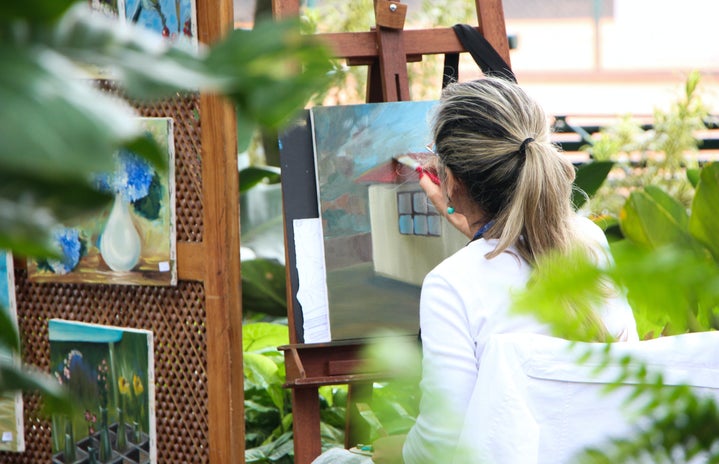Edmonia Lewis was an American Neo-classical sculptor who was born in New York in the 1800s. Her story is rather extraordinary for a number of reasons. Not only was she part of a rare circle of female sculptors at the time, but she was the first Black-Indigenous woman to gain the amount of recognition that she achieved. She trained at Oberlin College in New York but was forced to leave after she was accused of poisoning her white roommates, she was taken to mock trial and found innocent but nonetheless was beaten up by her peers and left for dead in the snow. Keep in mind this was a school that identified as an abolitionist institution.
Lewis established relationships with the abolitionist community in Boston, specifically obtaining the mentorship of Lydia Maria Child, a women’s rights activist and prominent abolitionist. However, Child’s support only ran so far as she privately wrote that Lewis was not capable of creating anything more than copies of other works, claiming she had no scope for originality. She even hid photos from Lewis when she was working on busts of prominent sitters, meaning she had nothing to work from; Lewis ended up moving to Rome and worked alongside a community of female sculptors including Vinne Ream Hoxie, Louisa Lander and Emma Stebbins. Rome proved to be a more accepting community for her as she told the New York times in 1878, “The land of liberty had no room for a coloured sculptor”.
Lewis certainly ended up proving Childs wrong creating extraordinary works such as Death of Cleopatra, viewers claimed that seeing this statue was like watching Cleopatra die right before their eyes. But the only reason we know o the sculpture is because it was discovered recently in 1980. After she displayed it it seems that she couldn’t afford to store it for a large amount of time or indeed find a buyer and so it ended up in a saloon in Chicago, owned by a man named “Blind John” Condon and used the sculpture as his dead horse’s headstone. Once the bar was sold the sculpture travelled to a scrap yard in Illinois until it was found by a retired fire fighter, Harold Adams. This demonstrates the urgent need for recuperation of the stories of women of colour throughout history. So much of Edmonia Lewis’ life is lost to us because no one deemed it important to keep her records or keep the details of her life. It took years of research to even figure out where she moved after Rome, with the assumption that she would not turn back to America during the period of failed reconstruction. Lewis ended up living her last years in London, dying of a kidney inflammation. Her age at the time she died is even unknown as she had no record of when she was born.
Sources:
https://www.nytimes.com/2018/07/25/obituaries/overlooked-edmonia-lewis-sculptor.html
http://moorewomenartists.org/lost-found-edmonia-lewis-death-cleopatra/
Images obtained from:


